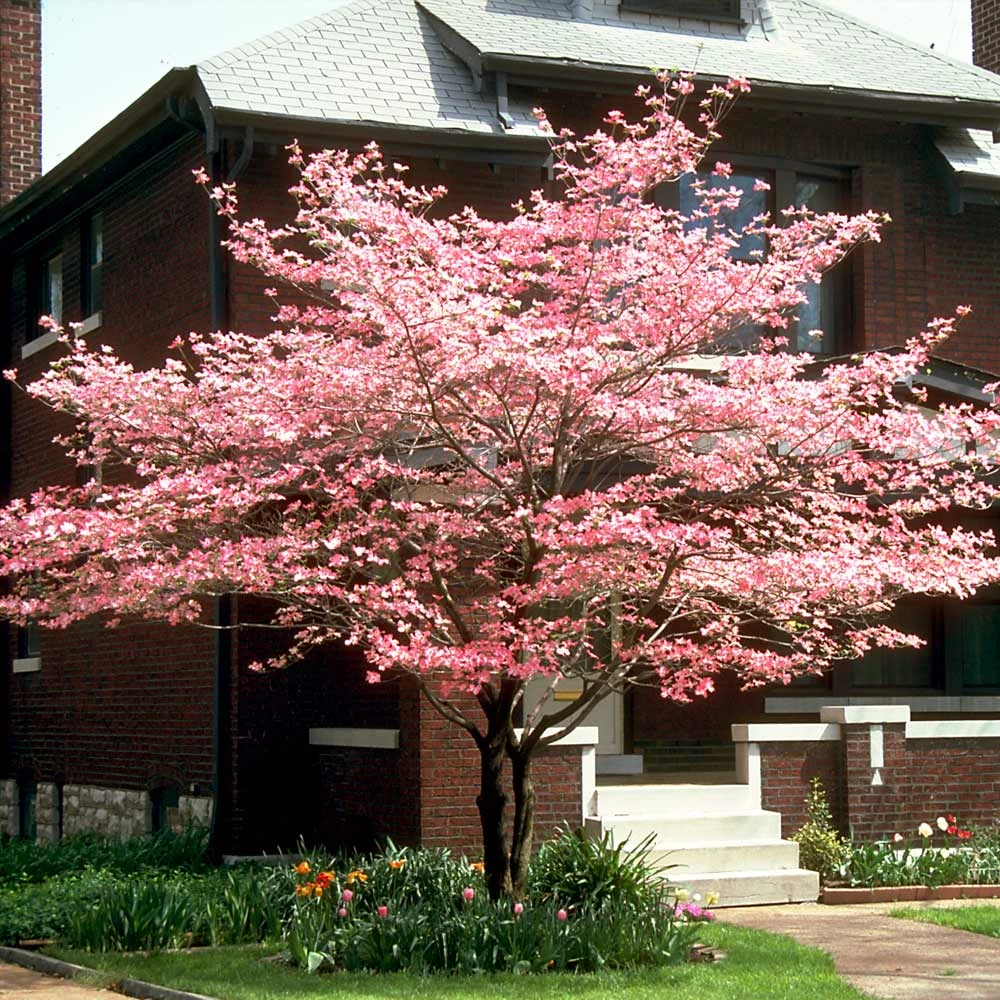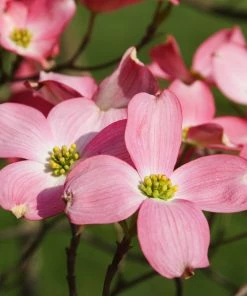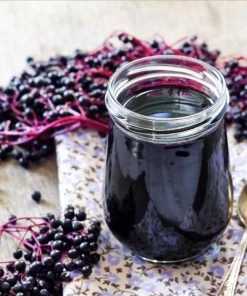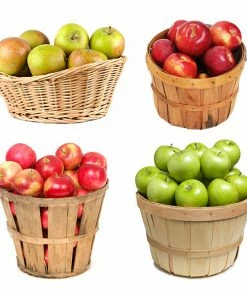Brighter Blooms Cherokee Chief Dogwood Tree Dogwood Trees
$39.99 Original price was: $39.99.$26.39Current price is: $26.39.
- Shop with confidence, we guarantee quality.
- 7 Days of Hassle-Free Returns
- Quality products for every lifestyle.
- 7-Day Returns, 100% Quality

A Festival of Red
Richly colored rose-red to ruby-red blooms are the reason Cherokee Chief Dogwood (Cornus florida ‘Cherokee Chief’) is one of the best red-flowering dogwoods. But the blooms aren’t the only reddish feature — the newly emerging spring-to-summer foliage is tinged with red; the fall leaf color is red; and brilliant red berries persist on trees after the leaves drop in autumn. So if red is your favorite landscape plant color, put Cherokee Chief Dogwood tree at the top of your must-have list!
A Versatile Dogwood
1. Seasonal color. Cherokee Chief Dogwood provides red color through all four seasons with its spring blossoms, new leaves in spring and summer, fall foliage and winter berries — a true four-season-interest plant.
2. Bird-friendly. Not only do birds enjoy the berries in fall and winter, but they’ll also build their nests and raise their young in these trees.
3. Shade-tolerant. If you have a shady yard, Cherokee Chief Dogwood is the perfect choice for a small, flowering tree that is shade-tolerant.
Native Plant Origin with Improved Features
Plant Cherokee Chief Dogwood near your favorite sitting area — a patio or deck — so you can enjoy watching the birds as they feast on the bright-red berries in autumn and early winter. As an improved cultivar of the native dogwood tree (Cornus florida), Cherokee Chief Dogwood provides a colorful focal point to break up the monotony of a lawn. It’s a perennial in USDA Plant Hardiness Zones 5 through 9, where it thrives as a border plant or understory tree.
Helpful Growing Tips
Use this checklist to care for your Cherokee Chief Dogwood:
• Sun. Choose a location that is protected from direct afternoon sun, but which offers morning sun to enhance the tree’s growth and color.
• Soil. The roots will rot in overly wet soils without adequate drainage, so be sure the soil drains well.
• Water. First-year trees need adequate water to help strengthen their developing root systems. In subsequent years, water trees during periods of drought or in unseasonably hot and dry summers.
• Fertilizer. Use a fertilizer at the rate and type suggested by soil-test results.
• Mulch. Trees benefit from 2 to 3 inches of mulch, which helps keep roots cool and conserves moisture.
• Pruning. Structurally sound and resistant to breaking, Cherokee Chief Dogwood grows into a naturally balanced tree without the need for pruning.
| Size | 1-2 ft., 2-3 ft., 3-4 ft., 4-5 ft., 5-6 ft., 6-7 ft. |
|---|
12 reviews for Brighter Blooms Cherokee Chief Dogwood Tree Dogwood Trees
Add a review Cancel reply
Related products
Berry Bushes
Fruit Bearing Patio Plants
Berry Bushes
Citrus Trees
Apples Trees
Fig Trees

























Emily Johnson –
The Cherokee Chief Dogwood Tree is absolutely stunning! The vibrant pink blooms are a showstopper in my garden. Highly recommend!
Michael Thompson –
I planted this tree last spring, and it has grown beautifully. The flowers are even more vibrant than I expected. Very pleased!
Sarah Williams –
The tree arrived in great condition and was easy to plant. It’s still young, but I can already see the potential. Excited to see it mature!
David Brown –
Beautiful tree, but it took a while to establish. Once it did, the blooms were worth the wait. Patience is key!
Jennifer Lee –
The Cherokee Chief Dogwood is a gorgeous addition to my yard. The color is exactly as advertised, and it attracts so many compliments.
Robert Garcia –
I had some trouble with the initial planting, but customer service was helpful. The tree is now thriving and looks amazing.
Lisa Martinez –
This dogwood tree is everything I hoped for! The blooms are vibrant, and the tree is healthy. Definitely a great purchase.
James Wilson –
The tree was smaller than I expected, but it’s growing well. The blooms are starting to appear, and they’re beautiful.
Amanda Clark –
I love this tree! It’s the perfect centerpiece for my garden. The pink flowers are breathtaking in the spring.
Daniel White –
The Cherokee Chief Dogwood is a bit finicky with soil conditions, but once you get it right, it’s a stunning tree.
Olivia Harris –
This tree exceeded my expectations. The blooms are larger and more colorful than I imagined. Very happy with my purchase!
Thomas Adams –
The tree arrived healthy and has been growing steadily. The flowers are just starting to show, and they look promising.